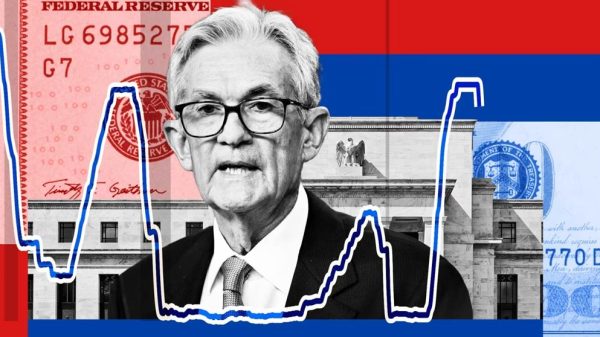Money has played a central role in human civilization, facilitating trade and economic transactions for thousands of years. From humble beginnings as a medium of exchange to the complex financial systems of today, the evolution of money reflects the progress of human society. In this article, we will explore the fascinating history of money, tracing its origins and development through different civilizations and epochs.
Barter and Commodity Money
Before the invention of money, people relied on a system of barter, exchanging goods and services directly. However, barter had limitations, as it required a coincidence of wants and the double coincidence of value. To overcome these challenges, societies began using commodity money, where certain goods with intrinsic value, such as shells, salt, or livestock, were accepted as a medium of exchange.
The Rise of Coinage
The introduction of coinage marked a significant milestone in the history of money. Around 600 BCE, ancient civilizations like Lydia and Greece started minting standardized coins made of precious metals, such as gold or silver. Coins provided a more convenient and widely accepted medium of exchange, promoting economic growth and facilitating long-distance trade.
Paper Money and Fiat Currency
Paper money emerged during the Tang Dynasty in China around the 7th century CE. Initially, banknotes were redeemable for a specific amount of precious metal, but over time, their value became decoupled from the underlying commodity. This transition from commodity-backed money to fiat currency, where the value is based on the trust and confidence in the issuing authority, allowed for greater flexibility in money supply and paved the way for modern monetary systems.
Banking and the Birth of Modern Money
The establishment of banks and the development of fractional reserve banking in the Middle Ages contributed to the expansion of money supply. Banks issued paper receipts for deposits, which could be used as a form of payment. These receipts eventually evolved into banknotes, representing the promise to pay the bearer a specific amount of money on demand. The introduction of centralized banking systems and the issuance of national currencies further standardized and regulated the monetary systems of nations.
Digital Money and Electronic Payments
The advent of the digital age brought about a new era of money. With the rise of computers and the internet, electronic payment systems emerged. Debit cards, credit cards, and online payment platforms allowed for swift and secure transactions, reducing reliance on physical cash. Additionally, the development of cryptocurrencies like Bitcoin introduced decentralized digital currencies, challenging traditional notions of money and raising questions about the future of monetary systems.
Conclusion
The history of money reflects the evolution of human civilization, from the simplicity of barter to the complexity of modern financial systems. From shells and metals to paper and digital currencies, money has continuously adapted to meet the needs of societies. As technology advances and new forms of money emerge, it is crucial to understand the historical context and the underlying principles that shape our current monetary systems.











